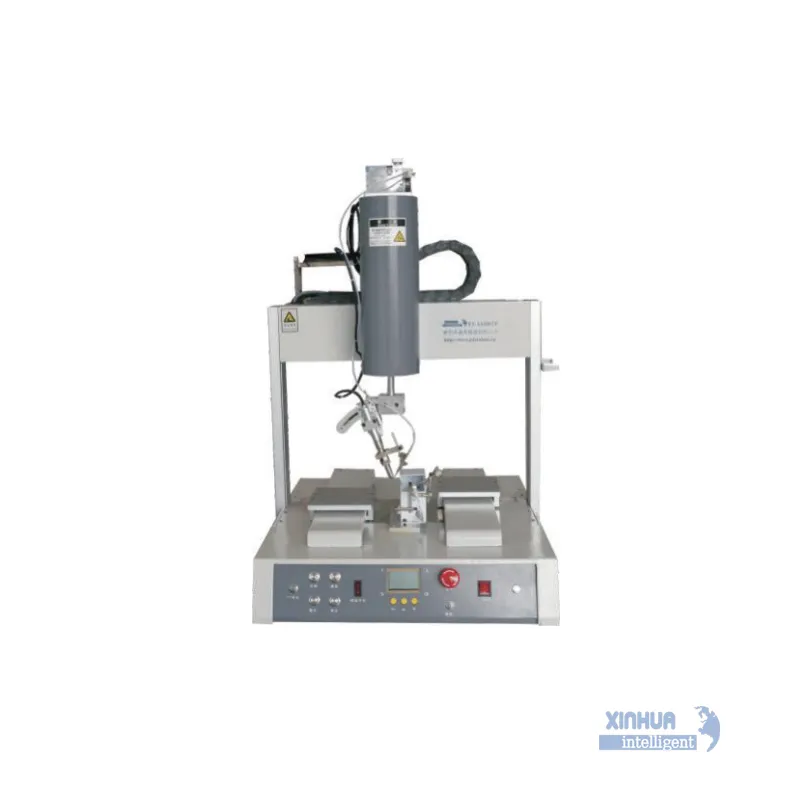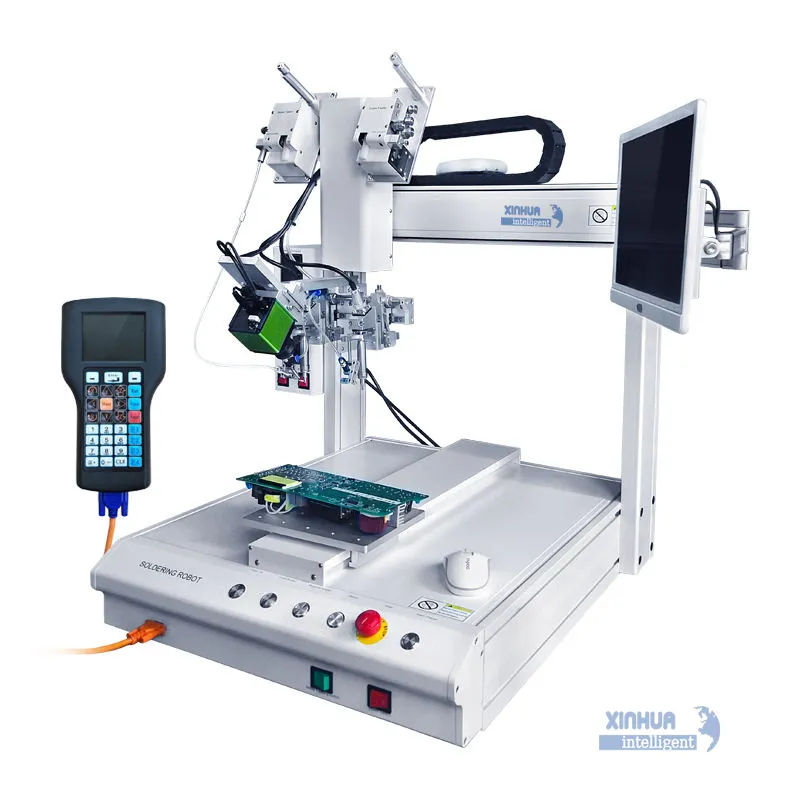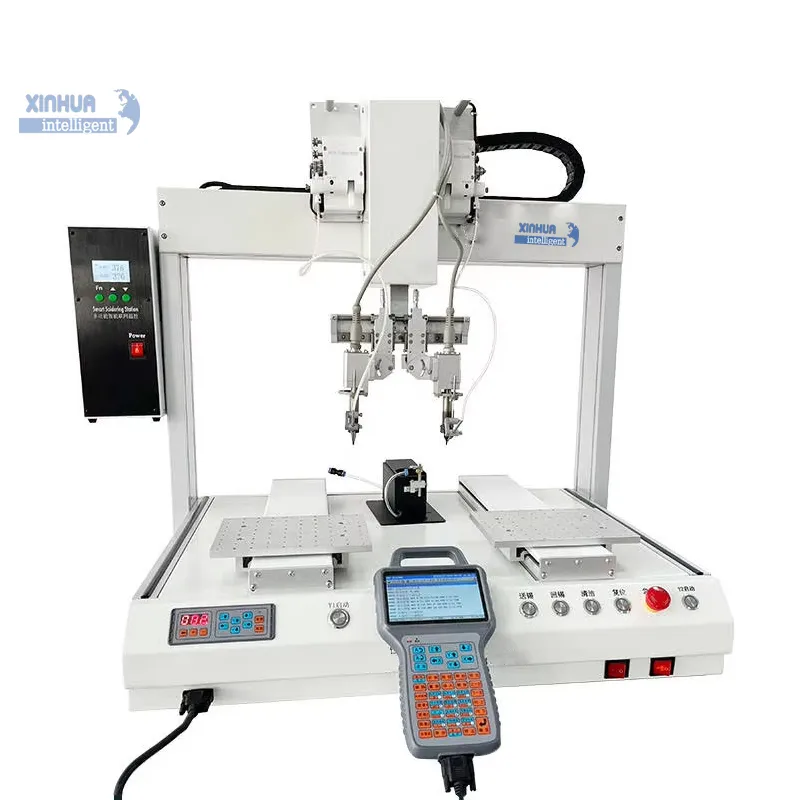Several key factors influence the price of a robotic soldering machine:
-
Machine Capacity: Higher capacity machines that handle more components per hour cost more but offer superior efficiency, making them ideal for large-scale production.
-
Soldering Head Type: Machines with automatic soldering heads are more expensive than those with manual heads due to increased precision and reduced labor costs.
-
Additional Features: Advanced capabilities like rework functions, inspection systems, environmental controls, programmable settings, and IoT connectivity increase the price. These features enhance performance and reliability.
-
Production Volume Needs: Machines designed for small batches are less expensive than industrial models for high-volume manufacturing.
-
Complexity of Soldering Task: High-precision or specialized soldering tasks, such as those required in aerospace or automotive, demand more advanced machines and drive costs up.
-
Maintenance and Upgrades: The cost of parts replacement, software upgrades, and regular maintenance add to the overall price, especially for higher-end models.
-
Material Selection and PCB Design Complexity: The size, complexity, and materials used in PCB assembly impact both the selection and cost of suitable soldering robots.
-
Labor and Operating Costs: Automation helps reduce labor costs, but initial investment and running costs (such as energy consumption) should be considered.
-
Geopolitical and Supply Chain Factors: Tariffs, sourcing challenges, and market region impact prices due to fluctuations in input costs and supply chain reliability.
-
Brand, Quality, and Warranty: Higher quality machines with longer warranties cost more but offer better reliability and post-sale support.
In summary, price is determined by machine capacity, features, complexity, intended application, maintenance needs, and market supply factors. Manufacturers should balance these elements against their production requirements and budget to select the optimal soldering robot solution.



